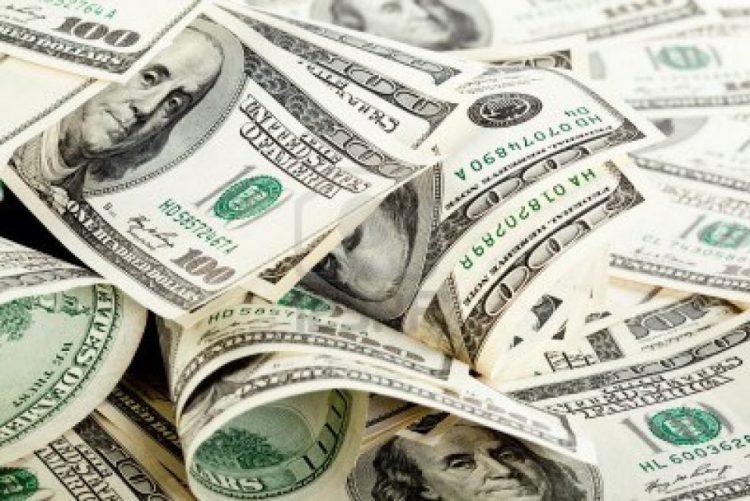Publisher: Maaal International Media Company
License: 465734
Dollar down as investors welcome US inflation slow expectations
The dollar fell on Friday after inflation data in the United States missed expectations, raising hopes in the market that inflation has peaked and that the Federal Reserve (the US central bank) will begin to scale back its sharp interest rate increases.
According to “Reuters”, the data showed that the consumer price index rose 7.7 percent on an annual basis in October, the smallest increase since January, which came without expectations for a rise of eight percent.
The dollar plunged overnight after the data was released, and had its worst day against the Japanese yen since 2016, dropping 3.7 percent. It has since compensated for some of those losses, and in recent trading rose 0.53 percent to 141.69 yen
اقرأ المزيد
The British pound achieved the best daily gain since 2017, as it jumped more than three percent overnight, and the Australian dollar jumped about three percent, the largest increase since 2011.
Against a basket of currencies, the dollar index fell more than two percent overnight, in the biggest decline in more than a decade, and recorded 108.06.
“Overnight moves in the dollar have been very sharp … I think the US CPI results for October will support a downward turn for the Federal Open Market Committee to raise rates in December,” said Carol Kong, currency strategist at the Commonwealth Bank of Australia.
“Japanese government officials will certainly be happy about the dollar/yen drop overnight… which was mainly driven by the sharp drop in US Treasury yields,” she added.
US Treasury yields fell sharply overnight, as benchmark 10-year bond yields fell below 4 percent, their lowest in more than a month.
In early Asian trading, the dollar was struggling to recover some of its losses, and the euro was last trading down 0.31 percent to $1.0179, after rising nearly two percent overnight. The New Zealand dollar fell 0.43 percent to $0.6001, after gaining 2.4 percent overnight
The British pound clung to most of its overnight gains, falling in recent trading 0.32 percent to $1.1673, while the Australian dollar fell 0.42 percent to $0.65915.
As for cryptocurrencies, bitcoin fell 0.3 percent to $ 17,501 after falling below $ 16,000 for the first time since late 2020 earlier in the week.









